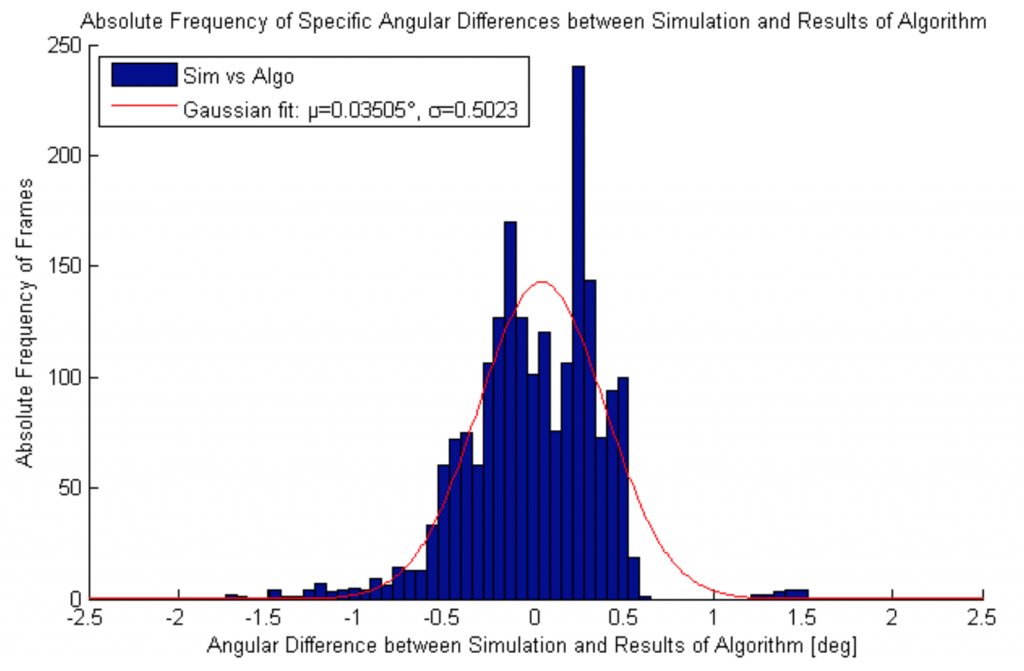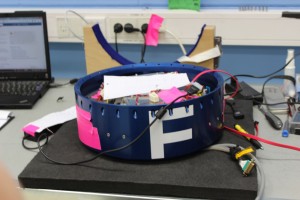We finally finished evaluating our gathered flight-data and analysing the problems we had during the rocket flight.
The following paragraphs will give you a quick overview about our technical, operational and scientific results. For more information please check chapter 7 of our newest SED release in the Download Section. (And if this is not detailed enough for you, please check the bachelor theses of Thomas Rapp and Jochen Barf, also available in the Download Section)
Technical and Operational results
From the technical and operational point of view, our experiment performed almost perfect, with only some minor issues.
The Power Distributing Unit as well as the communication infrastructure worked as expected, requirements were met and the overall power consumption was compatible to the REXUS interface, even if there had been doubts in early design stages. Although, we didn’t meet all our requirements, mainly because of the interference with the GPS Signal of the rocket and the shifted electrical ground (see SEDv5 chapter 7.4.1 for details). But actually that neither reduced the performance of our experiment nor harmed other experiments.
Both the thermal and mechanical design turned out to be perfectly dimensioned, since we didn’t experience any thermal issues with our electrical equipment, especially the (thermally) crucial parts like the CPUs. The mechanical design, which was kept quite basic, was suitable for the flight. We didn’t experience any damages caused by mechanical stress, the complete Flight Segment got back in perfect shape.
The Software of the Board Computers ran perfectly stable as well, we didn’t experience any crashes as in some of the preceding tests due to the shifted ground. Furthermore, the developed Communication Framework was a big success, since we had very stable and reliable communication infrastructure.
Last but not least, the general performance both of the Measurement Unit and the Ground Station was excellent, all appropriate requirements have been met. Still, we lost one temperature sensor due to an issue the day before launch, but decided not to replace the sensor for practical reasons (disassembling a rocket because of one, not anywhere near crucial, temperature sensor seemed to be a bit over-kill :-) ).
The Ground Station, though, was stable and performed without errors during the whole campaign.
Scientific results
In contrary to our technical and operational success, our scientific results were quite disappointing. Both our cameras delivered completely overexposed images, thus being unusable for the algorithm (which performed quite well with those white frames, though ;-) ). This issue had a severe impact on our Mission Objective and Mission Statement, since we can’t say anything about the accuracy of the algorithm and its calculations in a real flight-situation. Nevertheless, tests with simulated video data have shown, that the algorithm is working quite precise since the mean offset is approx. ±0.6°. (For the detailed evaluation please see chapter 7.3.2 in SED v5.0 and the bachelor theses of Thomas Rapp and Jochen Barf).

Finally, by taking into account all of the previous mentioned factors and issues, the Mission “HORACE on REXUS 16″ is considered to be an 80% partial success!


